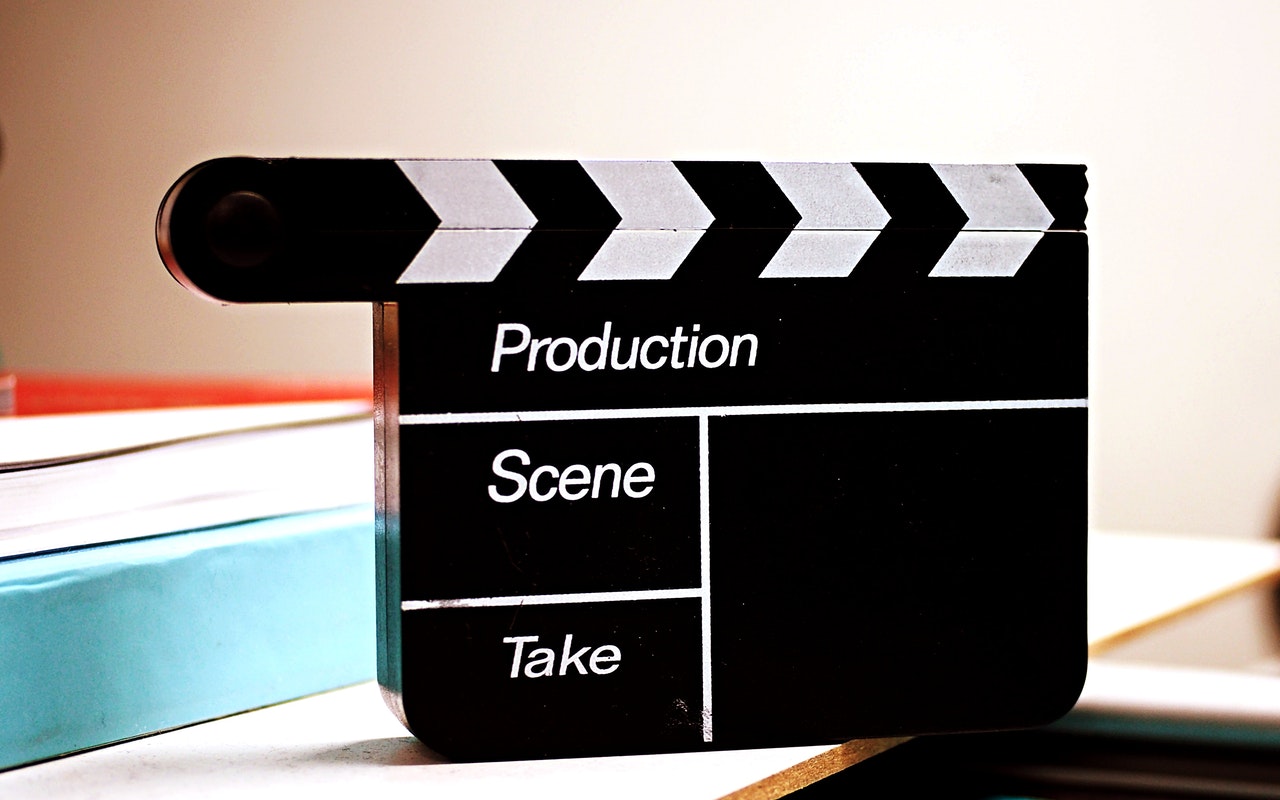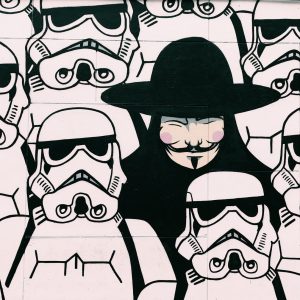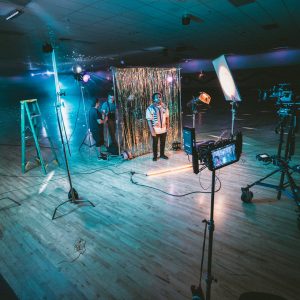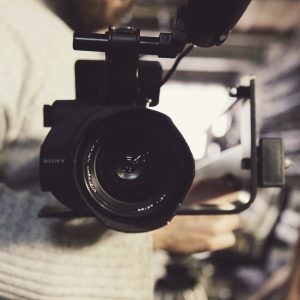The basic definition of storyboarding says that – it’s nothing, but a series of drawings or illustrations set inboxes. Everyone experiences storyboarding for the first time in comics, and it helps a person visualize a story without compromising on the details.
In 1920, Walt Disney, one of the greatest animators, used the technique for the first time in filmmaking. One of the first live-action film storyboarding was done in the movie ‘Gone with the Wind.’ Ever since, the storyboards have become an essential part of all kinds of feature films, ad films, documentary films, or short films.
How does film storyboarding play an important role?
The Director’s Vision:
A director always knows how a film will look in the final cut. On the other hand, the script summarizes the film’s story, which allows everyone to make their version of the story. However, the storyboard for filmmaking helps the director communicate his/her version of the story so that the whole crew can work in the same direction. So, a storyboard communicates in visuals and enlightens everyone regarding a director’s vision about the scenes.
For the Technical Crew:
The technical crew does the job of executing a director’s vision, and a film only becomes successful when there is clarity for all departments. The importance of storyboarding can be understood there as it will make everyone comprehend the concept of the scenes. Additionally, it also helps set up a shot without wasting time discussing nitty-gritty details on the location.
For a Rainy Day:
There are various scenarios that can ruin a day of the shoot. A film shoot requires a lot of preparation, and the team needs to manage the challenges the actual shoot has to offer. Even sometimes it doesn’t matter how much planning you have gone through during pre-production; some problems can mess up the schedule to its core. With a storyboard, one job that becomes easier for the team is to improvise the scene depending on the time, light, or weather constraints.
Cinematography
A writer might have written the best script in the world, but if the cinematographer hasn’t managed to capture the hosts which convey the emotion or if the shots just don’t look nice, more often than not, the film will not attain the expected result. However, movie storyboards can illustrate the camera shots and movements that filmmakers have envisioned, making it easier for the cinematographer to understand how everything will pan out.
Problem-solving
In filmmaking, a director needs to be good at problem-solving, and storyboarding helps solve problems before they even occur. For example, storyboarding helps a director understand that if he/she is on a pittance budget, there is no need to visualize many scenes at extravagant locations. Similarly, shots and camera movements that seemed sleek in a director’s vision might look boring or cliche when they’re storyboarded in the cold light of day.
Movement
Character and camera movements can’t be defined in the script. There is no denying that films are moving pictures after all, and a storyboard helps define the flow of movement from one scene to another. The famous Dolly Zoom shot from Jaws can be treated as one of the perfect movie storyboarding examples, as it helped in showing the camera’s focus sharpening and zooming in quickly. Alos, indicating the panic and realization that is washing over Brody in that particular scene, which couldn’t have been explained on paper.
Sound
The importance of storyboarding can be understood further as it helps visualize the sound that is playing over the images. For instance, the storyboard will help the director understand any dialogues in the scene or an ambient sound in the background. When you display the visuals to the directors, a storyboard can help the latter to imagine an apt soundscape for a particular scene.
For example, horror films require a precision of sound effects. Whether it’s mysterious silence, bulging of tense music, or the slow creak of an opening door, a horror film storyboard can look boring and unscary until the director makes notes about the sound and how it plays into the overall feel of the film.
For the Clients and Producers:
The producers or clients are the ones who invest their money in a particular project, and they have every right to know where their money is going. A storyboard finds a way for the director to communicate his vision for the films to the producers. The clients find it easy to understand that their product shot is only going to stay for 5 seconds and the producers also get to acknowledge that hiring expensive equipment is worth it or not.
With the emergence of creativity in the 21st century, DICE – School of Entertainment Arts provides an undergraduate program in Film Production for 18 months. In this course, students will get to explore the five key disciplines of filmmaking. As the semester progresses you get to choose the specialization in two of the following disciplines –direction, cinematography, producing and post-production.
So dig in your specialization and book your seat now!










